I'm not even sure if this can/should be done is SQL but here goes.
I have a table that stores a start date and an end date like so
userPingId createdAt lastUpdatedAt
1 2017-10-17 11:31:52.160 2017-10-18 14:31:52.160
I want to return a result set that groups the results by date and if they were active between different points between the two date.
The different points are
- Morning - Before 12pm
- Afternoon - Between 12pm and 5pm
- Evening - After 5pm
So for example I would get the following results
sessionDate morning afternoon evening
2017-10-17 1 1 1
2017-10-18 1 1 0
Here is what I have so far and I believe that it's quite close but the fact I can't get the results I need make me think that this might not be possible in SQL (btw i'm using a numbers lookup table in my query which I saw on another tutorial)
DECLARE @s DATE = '2017-01-01', @e DATE = '2018-01-01';
;WITH d(sessionDate) AS
(
SELECT TOP (DATEDIFF(DAY, @s, @e) + 1) DATEADD(DAY, n-1, @s)
FROM dbo.Numbers ORDER BY n
)
SELECT
d.sessionDate,
sum(case when
(CONVERT(DATE, createdAt) = d.sessionDate AND datepart(hour, createdAt) < 12)
OR (CONVERT(DATE, lastUpdatedAt) = d.sessionDate AND datepart(hour, lastUpdatedAt) < 12)
then 1 else 0 end) as Morning,
sum(case when
(datepart(hour, createdAt) >= 12 and datepart(hour, createdAt) < 17)
OR (datepart(hour, lastUpdatedAt) >= 12 and datepart(hour, lastUpdatedAt) < 17)
OR (datepart(hour, createdAt) < 12 and datepart(hour, lastUpdatedAt) >= 17)
then 1 else 0 end) as Afternoon,
sum(case when datepart(hour, createdAt) >= 17 OR datepart(hour, lastUpdatedAt) >= 17 then 1 else 0 end) as Evening
FROM d
LEFT OUTER JOIN MYTABLE AS s
ON s.createdAt >= @s AND s.lastUpdatedAt <= @e
AND (CONVERT(DATE, s.createdAt) = d.sessionDate OR CONVERT(DATE, s.lastUpdatedAt) = d.sessionDate)
WHERE d.sessionDate >= @s AND d.sessionDate <= @e
AND userPingId = 49
GROUP BY d.sessionDate
ORDER BY d.sessionDate;

